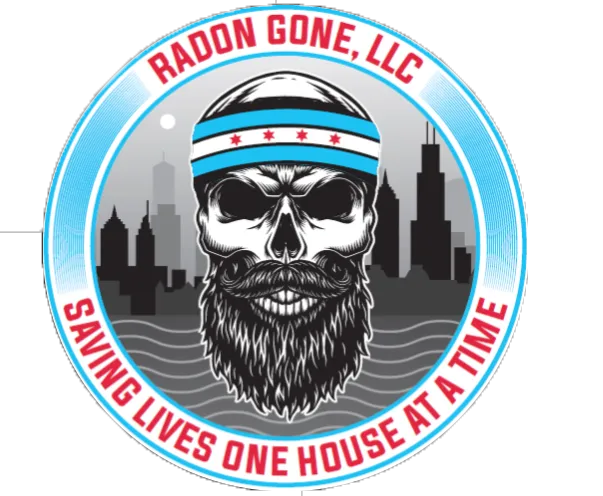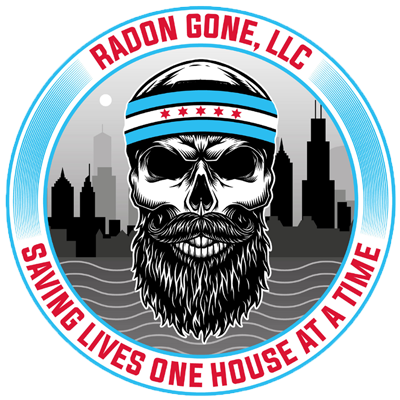Radon Mitigation Services
What is Radon gas?
Radon is a naturally occurring, radioactive gas that escapes when uranium in the soil decays. Radon accumulates in homes, schools, or workplaces as it seeps through cracks in the foundation or other natural openings in these structures.
Is Radon level high in North Carolina?
Research shows that high radon levels have been detected in homes across greater Chicagoland area. The EPA designates Chicago as a radon gas Zone 3, with average radon levels above 2.0 pCi/L. Radon gas is a significant health risk, causing over 20,000 deaths each year. The Surgeon General has warned that radon exposure is the second leading cause of lung cancer in the United States.
Radon testing is the only way to know if your home has harmful radon levels as many homes in Chicago have shown high levels of radon gas. For your peace of mind do the radon testing and have a professional help if there are radon issues.
Types of Mitigation Systems
Homes have various foundation types, such as basements, slab-on-grade, and crawlspaces, with some featuring a combination of these. Foundations will determine what type of radon mitigation system is installed.
Radon Mitigation Fan
This method works by reversing the air pressure relationship between indoor spaces and the radon source in the soil-soil depressurization (ASD).
It involves installing a network of pipes and a radon reduction fan that extracts enough air from the soil to create a negative pressure compared to indoor conditions.
Crawlspace Encapsulation
Crawl space encapsulation is a process used to mitigate radon levels by sealing off the crawl space beneath a building.
This involves covering the crawl space floor and walls with a durable, impermeable vapor barrier, usually made of heavy-duty plastic or reinforced polyethylene.
Foundation Crack Epoxy Injecting
Foundation crack epoxy injection is a method used to repair and seal cracks in concrete foundations.
This technique helps to prevent water infiltration, restore structural integrity, and reduce radon gas entry and is particularly beneficial for preventing water leaks and radon gas infiltration, as it creates a solid, impermeable barrier within the crack.

